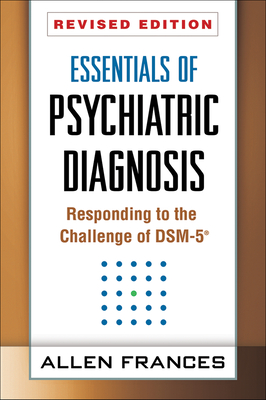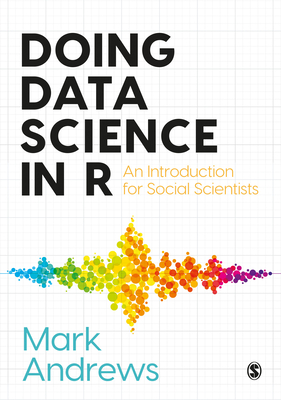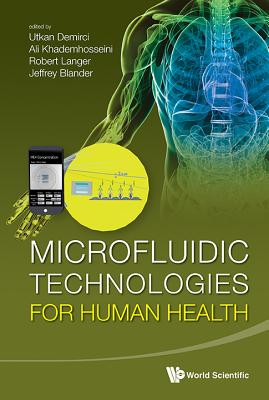Over the last 30 years, water quality management in the United States has been driven by the control of point sources of pollution and the use of effluent-based water quality standards. Under this paradigm, the quality of the nation's lakes, rivers, reservoirs, groundwater, and coastal waters has generally improved as wastewater treatment plants and industrial dischargers (point sources) have responded to regulations promulgated under authority of the 1972 Clean Water Act. These regulations have required dischargers to comply with effluent-based standards for criteria pollutants, as specified in National Pollutant Discharge Elimination System (NPDES) permits issued by the states and approved by the U.S. Environmental Protection Agency (EPA). Although successful, the NPDES program has not achieved the nation's water quality goals of "fishable and swimmable" waters largely because discharges from other unregulated nonpoint sources of pollution have not been as successfully controlled. Today, pollutants such as nutrients and sediment, which are often associated with nonpoint sources and were not considered criteria pollutants in the Clean Water Act, are jeopardizing water quality, as are habitat destruction, changes in flow regimes, and introduction of exotic species. This array of challenges has shifted the focus of water quality management from effluent-based to ambient- based water quality standards. Given the most recent lists of impaired waters submitted to EPA, there are about 21,000 polluted river segments, lakes, and estuaries making up over 300,000 river and shore miles and 5 million lake acres. The number of TMDLs required for these impaired waters is greater than 40,000. Under the 1992 EPA guidance or the terms of lawsuit settlements, most states are required to meet an 8- to 13-year deadline for completion of TMDLs. Budget requirements for the program are staggering as well, with most states claiming that they do not have the personnel and financial resources necessary to assess the condition of their waters, to list waters on 303d, and to develop TMDLs. A March 2000 report of the General Accounting Office (GAO) highlighted the pervasive lack of data at the state level available to set water quality standards, to determine what waters are impaired, and to develop TMDLs. This report represents the consensus opinion of the eight-member NRC committee assembled to complete this task. The committee met three times during a three-month period and heard the testimony of over 40 interested organizations and stakeholder groups. The NRC committee feels that the data and science have progressed sufficiently over the past 35 years to support the nation's return to ambient-based water quality management. Given reasonable expectations for data availability and the inevitable limits on our conceptual understanding of complex systems, statements about the science behind water quality management must be made with acknowledgment of uncertainties. This report explains that there are creative ways to accommodate this uncertainty while moving forward in addressing the nation's water quality challenges.
Over the last 30 years, water quality management in the United States has been driven by the control of point sources of pollution and the use of effluent-based water quality standards. Under this paradigm, the quality of the nation's lakes, rivers, reservoirs, groundwater, and coastal waters has generally improved as wastewater treatment plants and industrial dischargers (point sources) have responded to regulations promulgated under authority of the 1972 Clean Water Act. These regulations have required dischargers to comply with effluent-based standards for criteria pollutants, as specified in National Pollutant Discharge Elimination System (NPDES) permits issued by the states and approved by the U.S. Environmental Protection Agency (EPA). Although successful, the NPDES program has not achieved the nation's water quality goals of "fishable and swimmable" waters largely because discharges from other unregulated nonpoint sources of pollution have not been as successfully controlled. Today, pollutants such as nutrients and sediment, which are often associated with nonpoint sources and were not considered criteria pollutants in the Clean Water Act, are jeopardizing water quality, as are habitat destruction, changes in flow regimes, and introduction of exotic species. This array of challenges has shifted the focus of water quality management from effluent-based to ambient- based water quality standards.
Given the most recent lists of impaired waters submitted to EPA, there are about 21,000 polluted river segments, lakes, and estuaries making up over 300,000 river and shore miles and 5 million lake acres. The number of TMDLs required for these impaired waters is greater than 40,000. Under the 1992 EPA guidance or the terms of lawsuit settlements, most states are required to meet an 8- to 13-year deadline for completion of TMDLs. Budget requirements for the program are staggering as well, with most states claiming that they do not have the personnel and financial resources necessary to assess the condition of their waters, to list waters on 303d, and to develop TMDLs. A March 2000 report of the General Accounting Office (GAO) highlighted the pervasive lack of data at the state level available to set water quality standards, to determine what waters are impaired, and to develop TMDLs.
This report represents the consensus opinion of the eight-member NRC committee assembled to complete this task. The committee met three times during a three-month period and heard the testimony of over 40 interested organizations and stakeholder groups. The NRC committee feels that the data and science have progressed sufficiently over the past 35 years to support the nation's return to ambient-based water quality management. Given reasonable expectations for data availability and the inevitable limits on our conceptual understanding of complex systems, statements about the science behind water quality management must be made with acknowledgment of uncertainties. This report explains that there are creative ways to accommodate this uncertainty while moving forward in addressing the nation's water quality challenges.
Get Assessing the Tmdl Approach to Water Quality Management by at the best price and quality guranteed only at Werezi Africa largest book ecommerce store. The book was published by National Academies Press and it has pages. Enjoy Shopping Best Offers & Deals on books Online from Werezi - Receive at your doorstep - Fast Delivery - Secure mode of Payment
 Jacket, Women
Jacket, Women
 Woolend Jacket
Woolend Jacket
 Western denim
Western denim
 Mini Dresss
Mini Dresss
 Jacket, Women
Jacket, Women
 Woolend Jacket
Woolend Jacket
 Western denim
Western denim
 Mini Dresss
Mini Dresss
 Jacket, Women
Jacket, Women
 Woolend Jacket
Woolend Jacket
 Western denim
Western denim
 Mini Dresss
Mini Dresss
 Jacket, Women
Jacket, Women
 Woolend Jacket
Woolend Jacket
 Western denim
Western denim
 Mini Dresss
Mini Dresss
 Jacket, Women
Jacket, Women
 Woolend Jacket
Woolend Jacket
 Western denim
Western denim
 Mini Dresss
Mini Dresss






























































